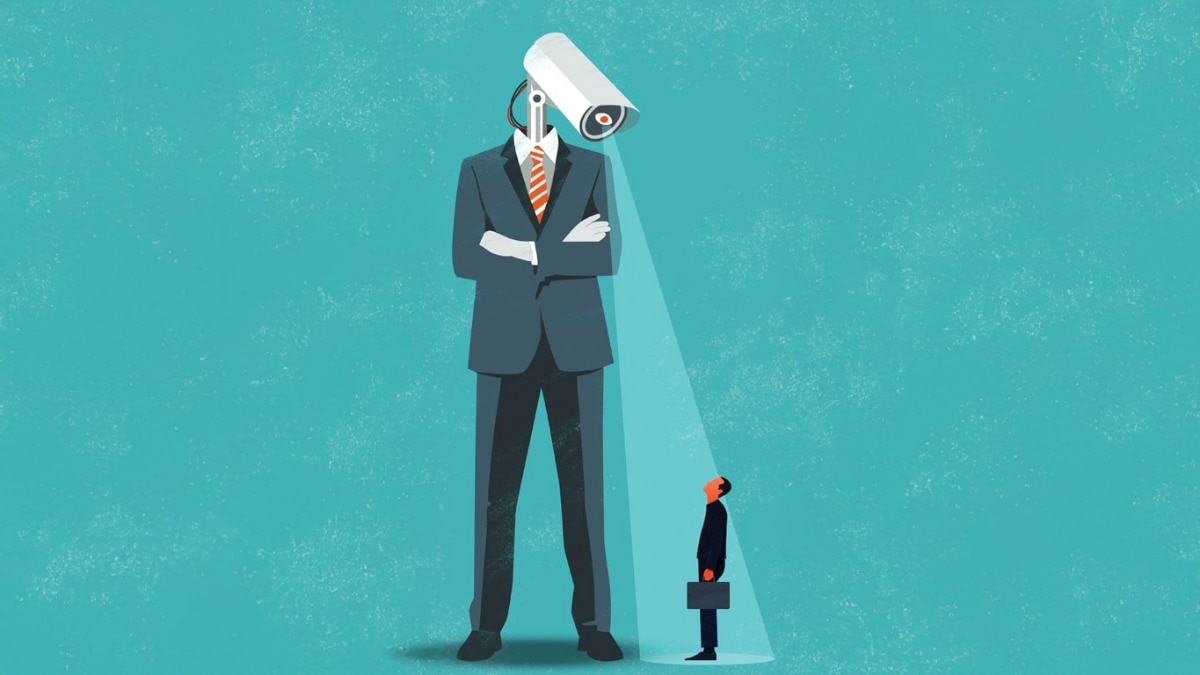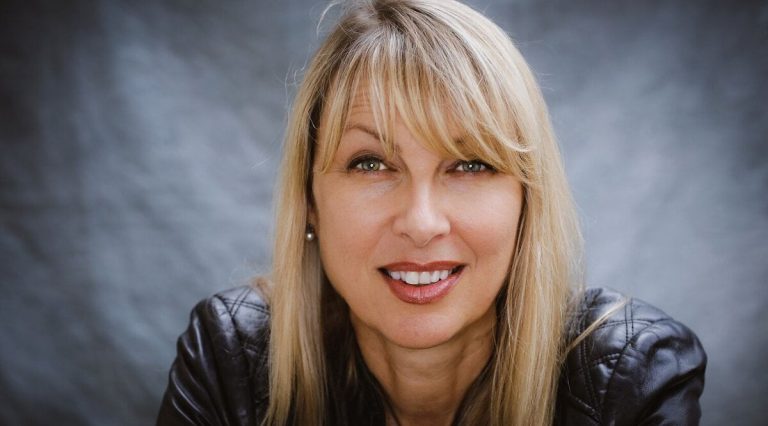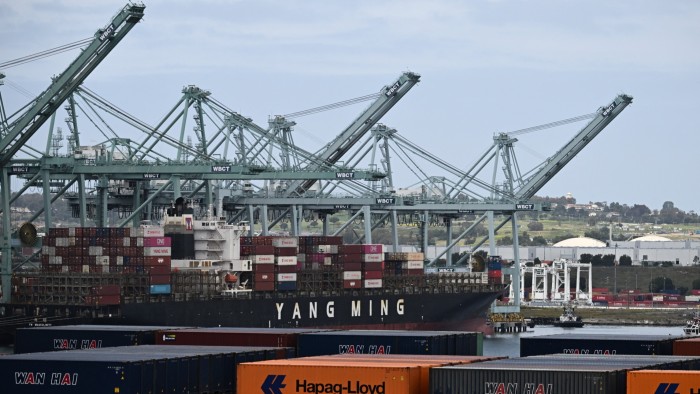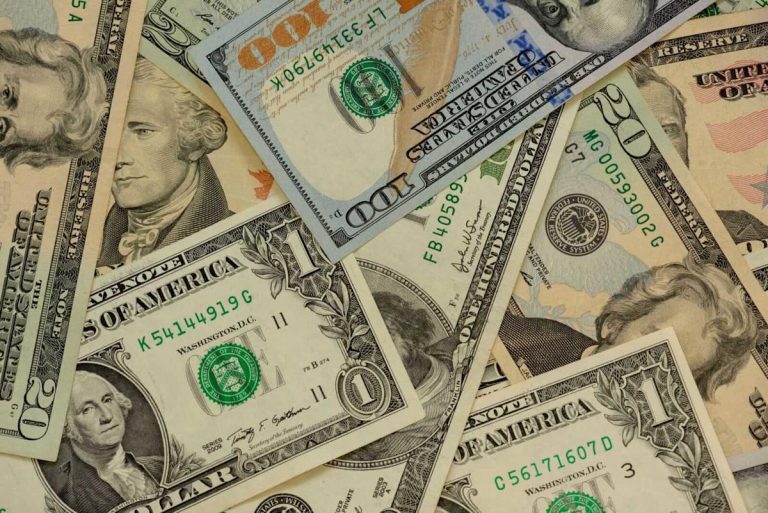India’s richest 1% now hold more wealth than the country’s entire colonial elite ever did — a staggering 40.1% — while the bottom half of the population clings to just 6.4%, according to a new analysis by research analyst Hardik Joshi.
Joshi, citing data from the World Inequality Database and India Today, compared the current wealth gap to that under British rule.
“This is not an accident. It’s policy,” he wrote in a widely circulated LinkedIn post. “Half the country is fighting for crumbs while a tiny fraction lives in unimaginable luxury.”
The numbers are blunt: the top 10% earn 57.7% of India’s national income, while the bottom 50% own a mere sliver of the pie.
Joshi blames tax codes skewed toward the rich, weak labor laws, and unchecked corporate consolidation. “Real estate and stock market gains mostly help those who already have capital,” he added.
He argues the system is wired to preserve elite advantage — not correct it. “Inequality doesn’t hurt those with power — it helps them,” he wrote. “They fund elections. They shape the media narrative. They lobby against redistribution.”
While India’s economy booms on paper, the benefits are largely confined to a narrow class. Joshi says the real issue isn’t poverty — it’s distribution. “We produce enough wealth. We just don’t share it fairly.”
Joshi calls for urgent reforms: taxing wealth, boosting labor rights, and investing in universal health and education. “Until there’s real political will,” he warned, “this will keep getting worse.”
The system isn’t broken — it’s rigged. “It’s time we stopped pretending this is inevitable. It’s time to ask whose interests the system really serves.”






